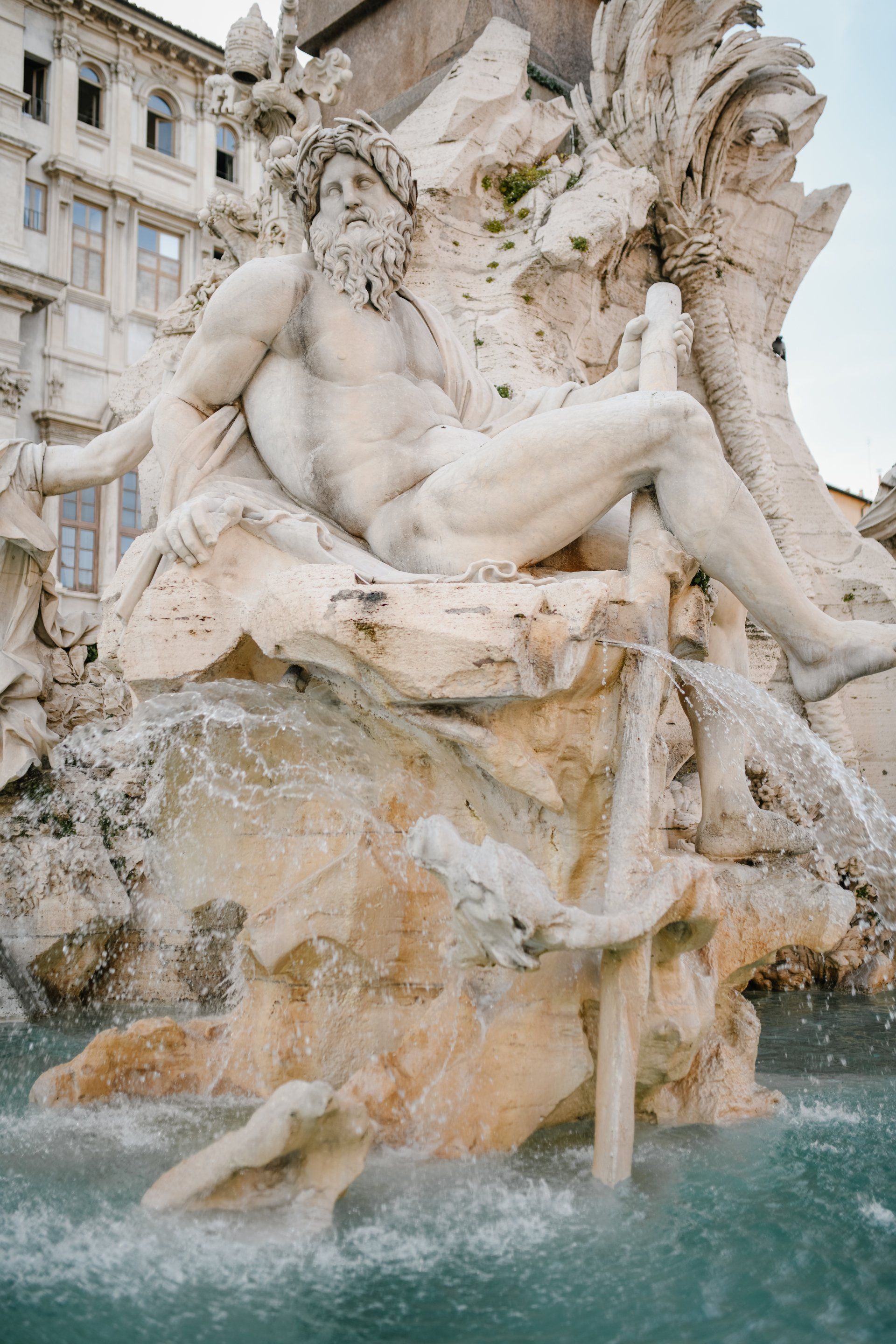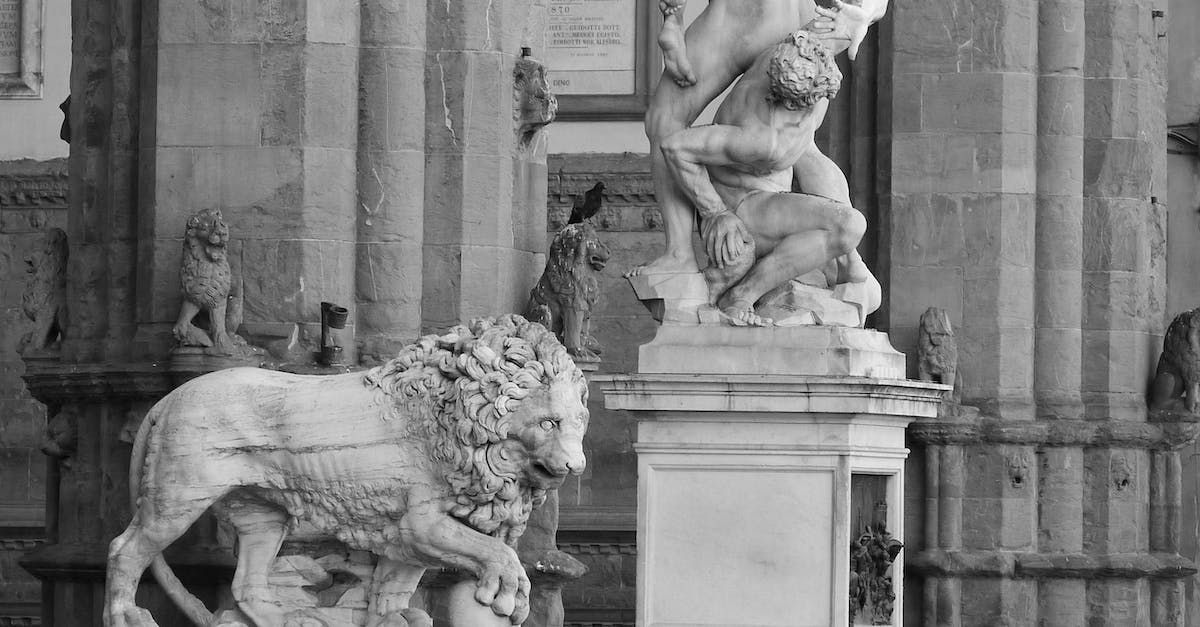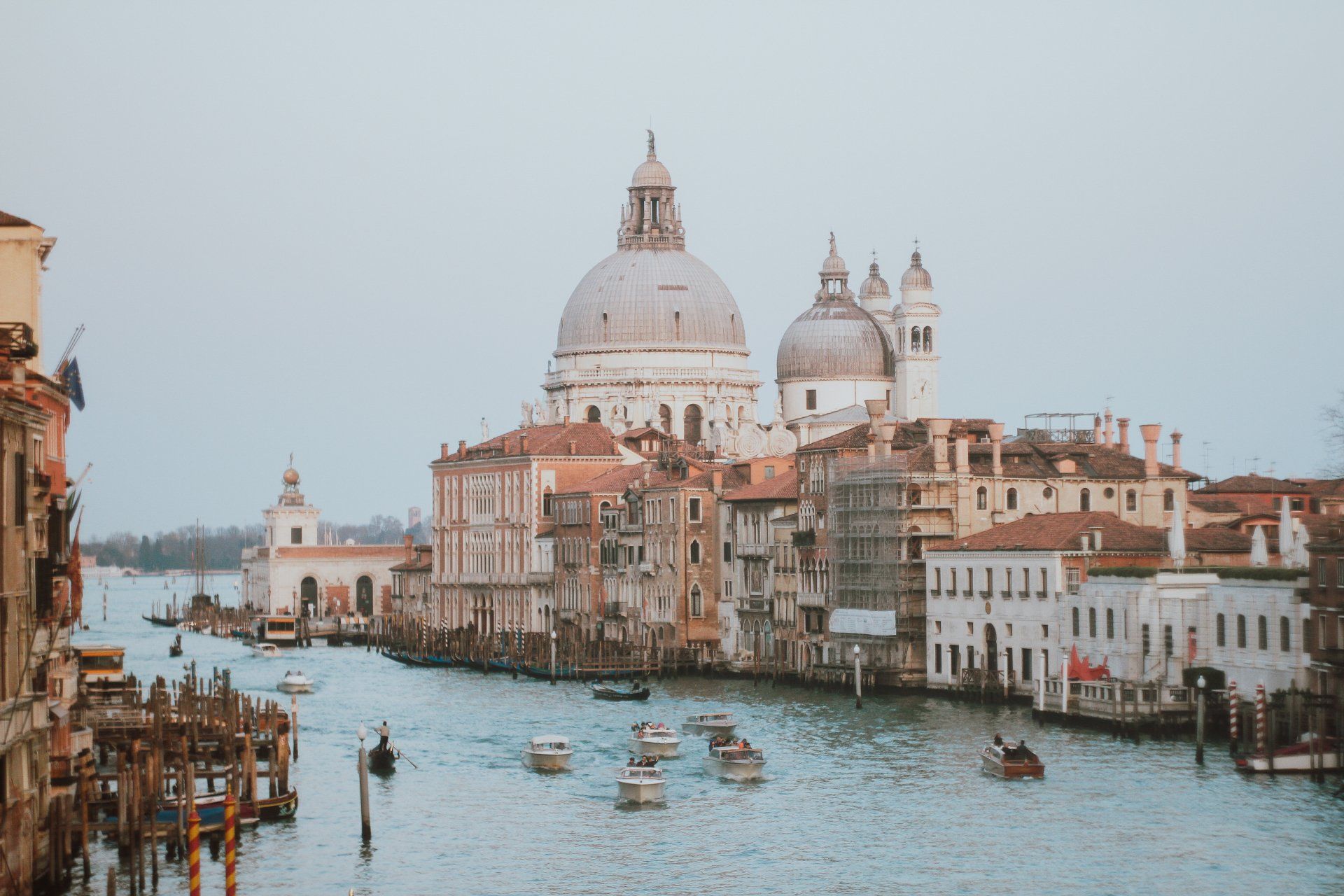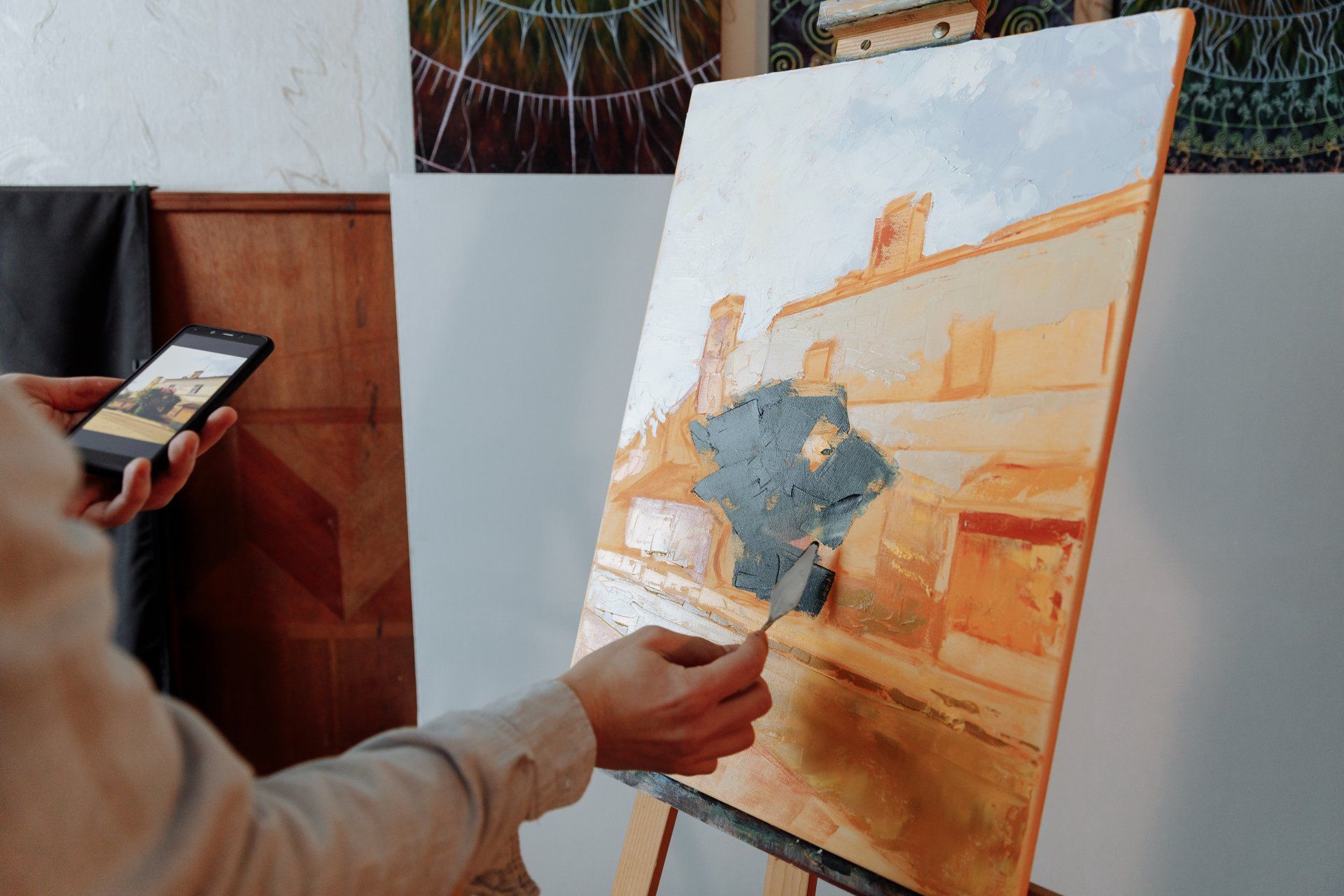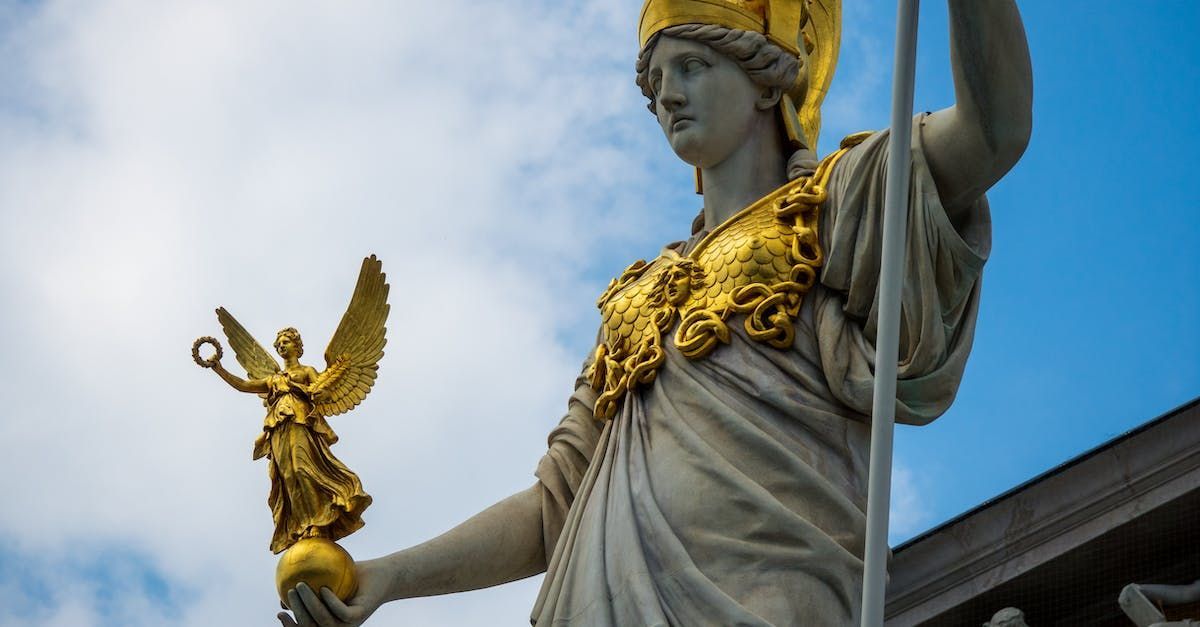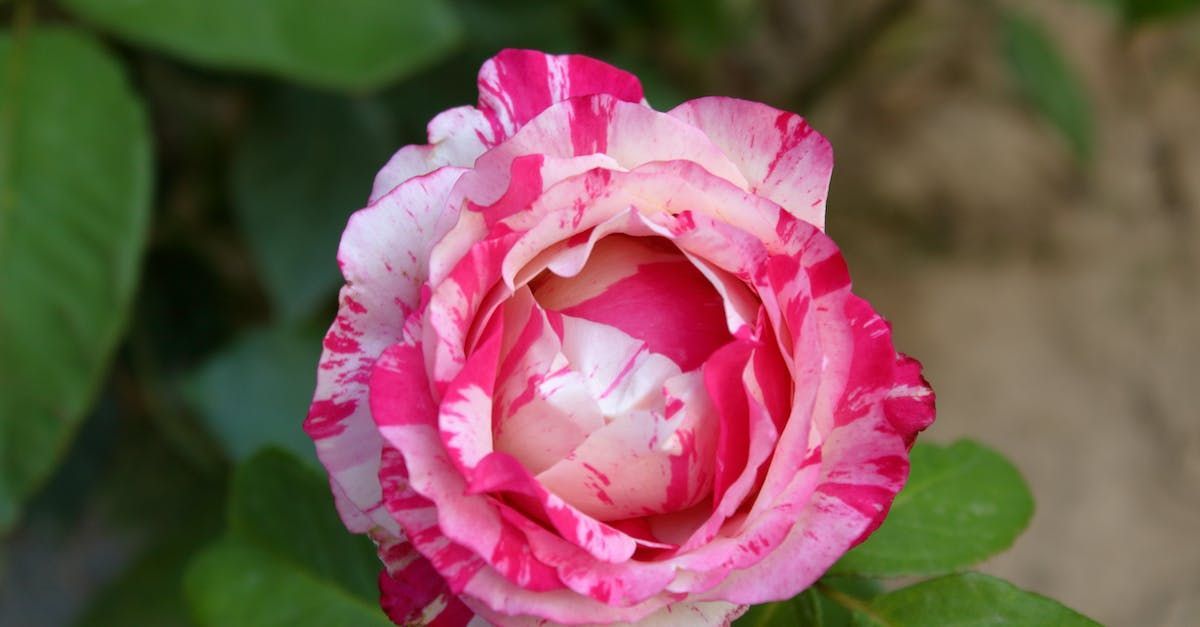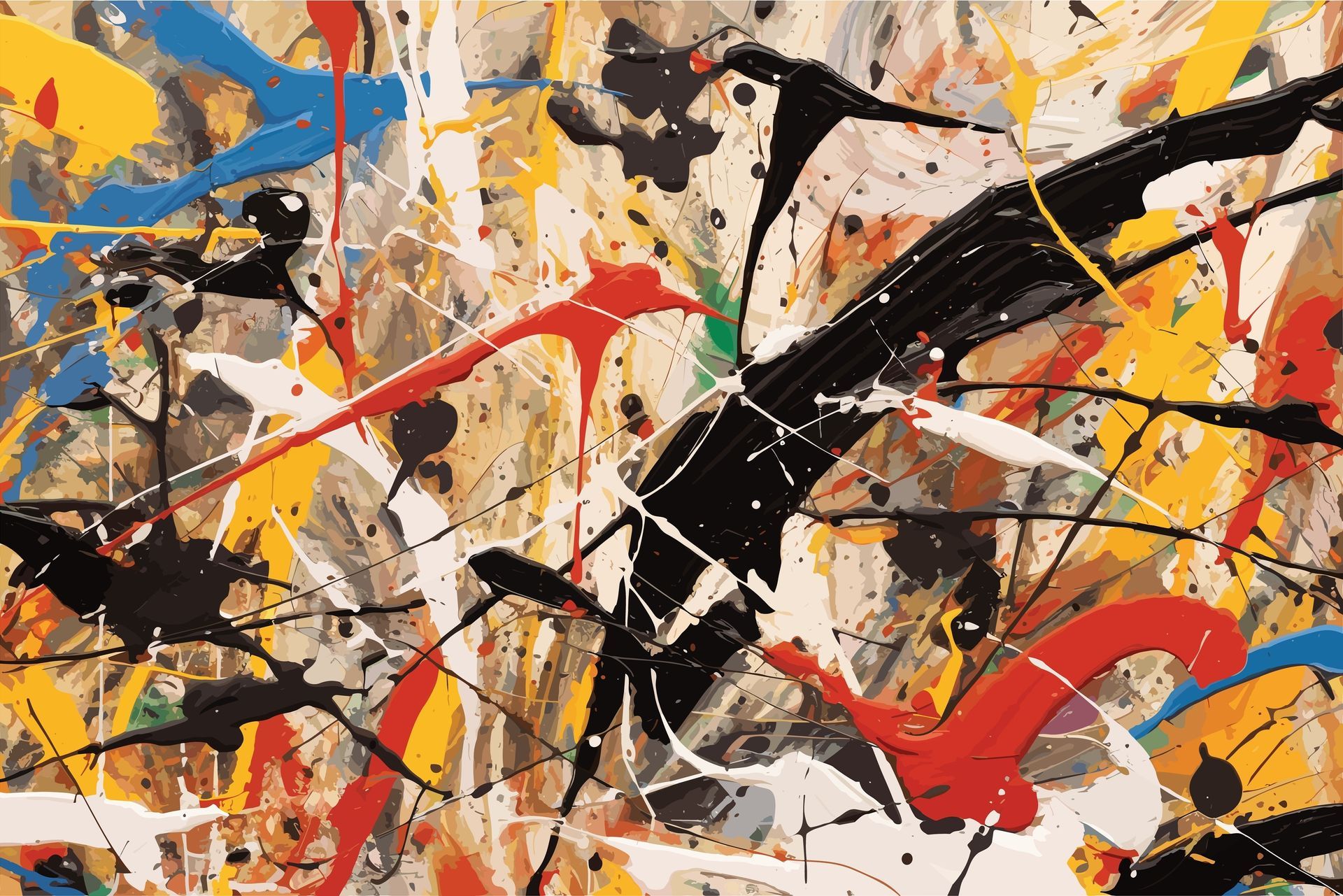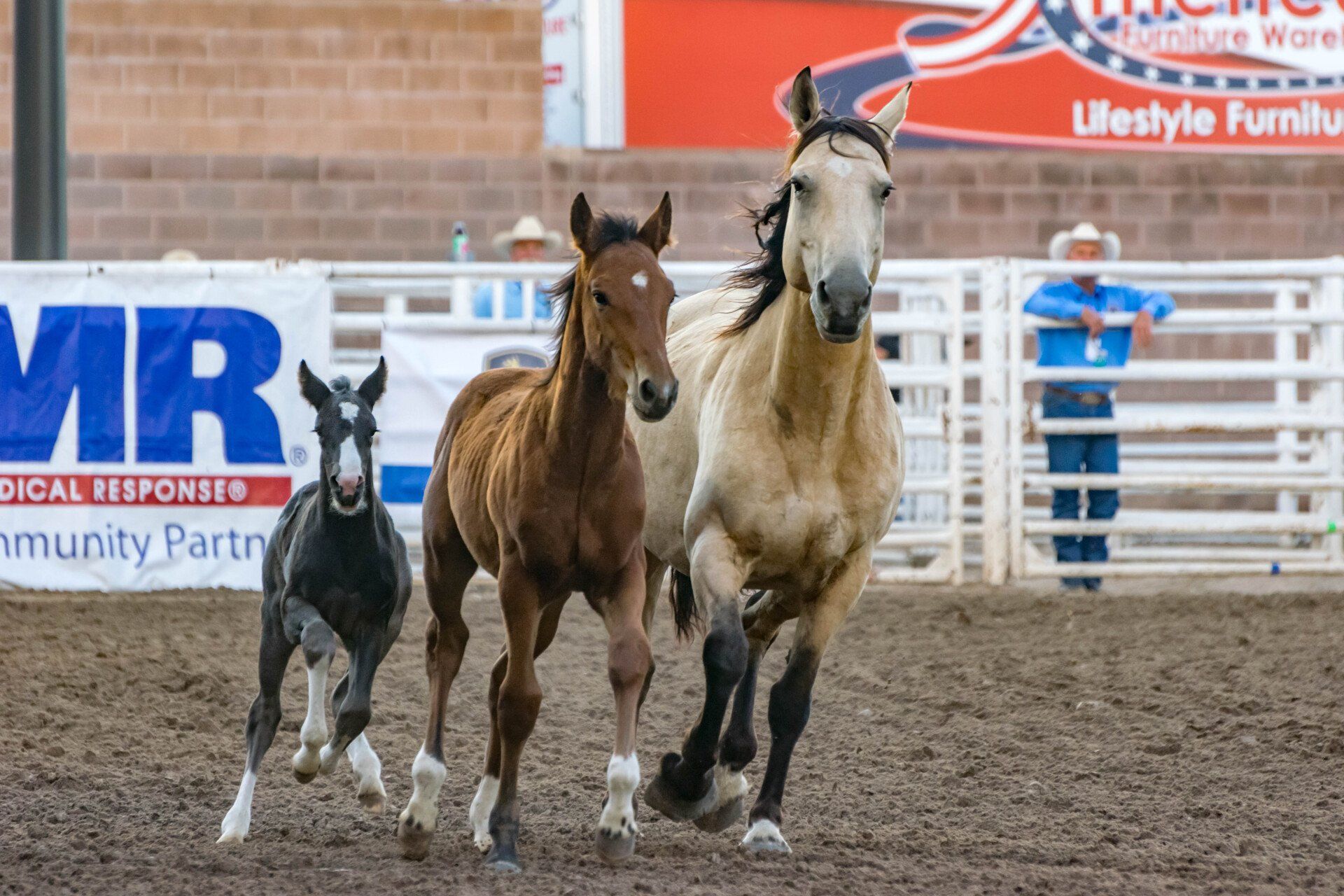Greek column design- Doric=Male body? Ionic= Female body? Corinthian=?
Greek Columns
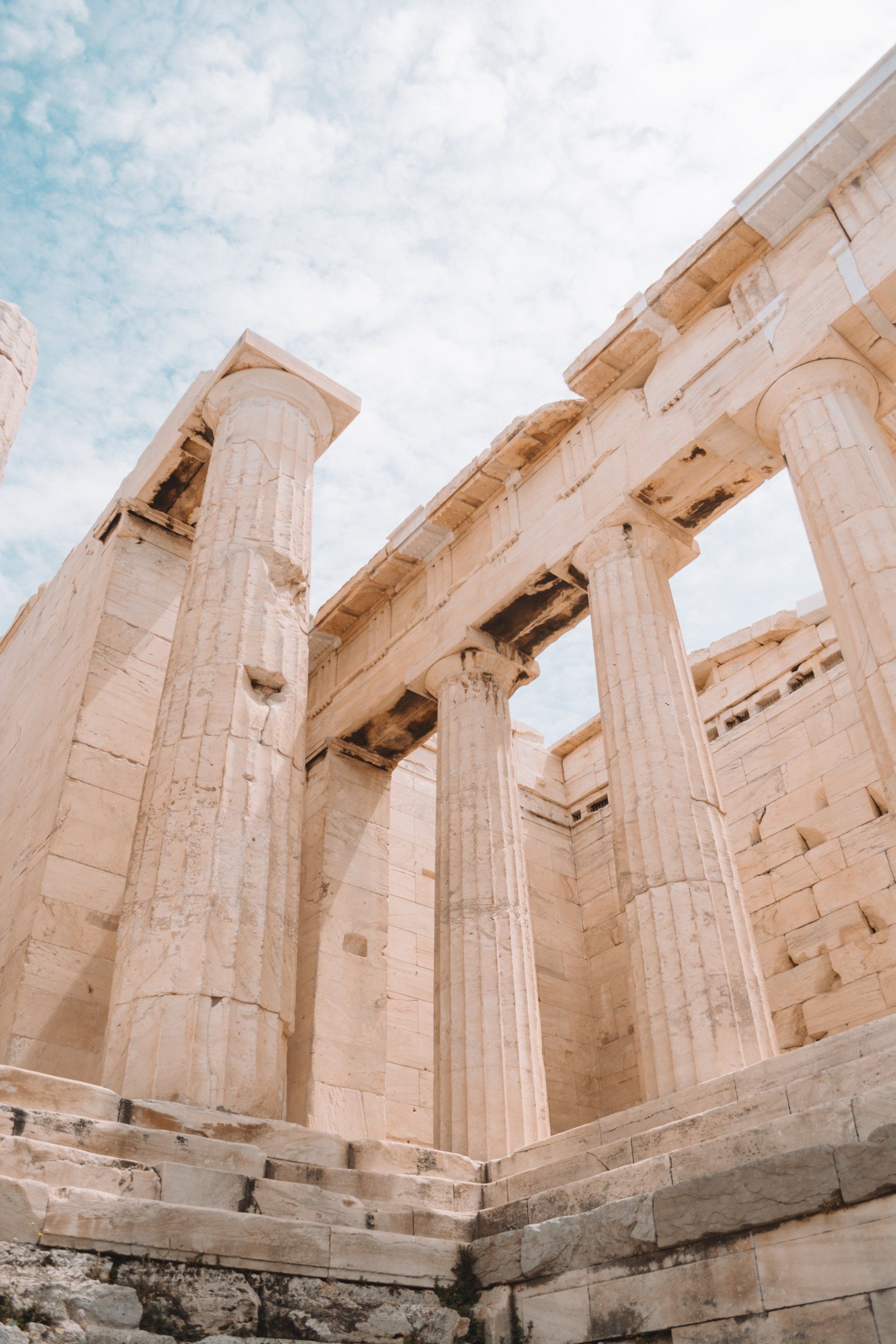
The association of Greek column designs with the human body is a common analogy used to describe their characteristics. While it is true that the ancient Greeks often drew inspiration from human forms and proportions in their architecture, it is important to note that these comparisons are not universally agreed upon and can be subject to interpretation.
1. Doric Order: The Doric column is often compared to the male body due to its simplicity, strength, and sturdy appearance. The Doric order is characterized by its plain, fluted shaft, topped with a simple capital consisting of a circular abacus (flat slab) and a square echinus (cushion-like molding). This design choice reflects the perceived masculine attributes of strength and solidity.
2. Ionic Order: The Ionic column is sometimes associated with the female body, primarily due to its more slender and graceful appearance. The Ionic order features a fluted shaft with decorative volutes (scroll-like ornaments) at the capital. The volutes are said to resemble the curly hair of a woman. The Ionic order is often regarded as more delicate and refined compared to the Doric order.
3. Corinthian Order: The Corinthian column, while not directly associated with a specific gender, is often described as more ornate and decorative than the Doric and Ionic orders. It is characterized by a slender fluted shaft and a capital adorned with elaborate acanthus leaves. The design of the Corinthian column represents a departure from the more austere forms of the Doric and Ionic orders, showcasing a sense of opulence and intricate detailing.
It is worth mentioning that these gender associations are generalizations and do not reflect any concrete historical evidence or intent from the ancient Greeks. The comparisons to the human body were likely used to convey certain aesthetic qualities and convey symbolism in architectural design. However, it is essential to approach these analogies with caution and recognize that interpretations may vary across different sources and viewpoints.
